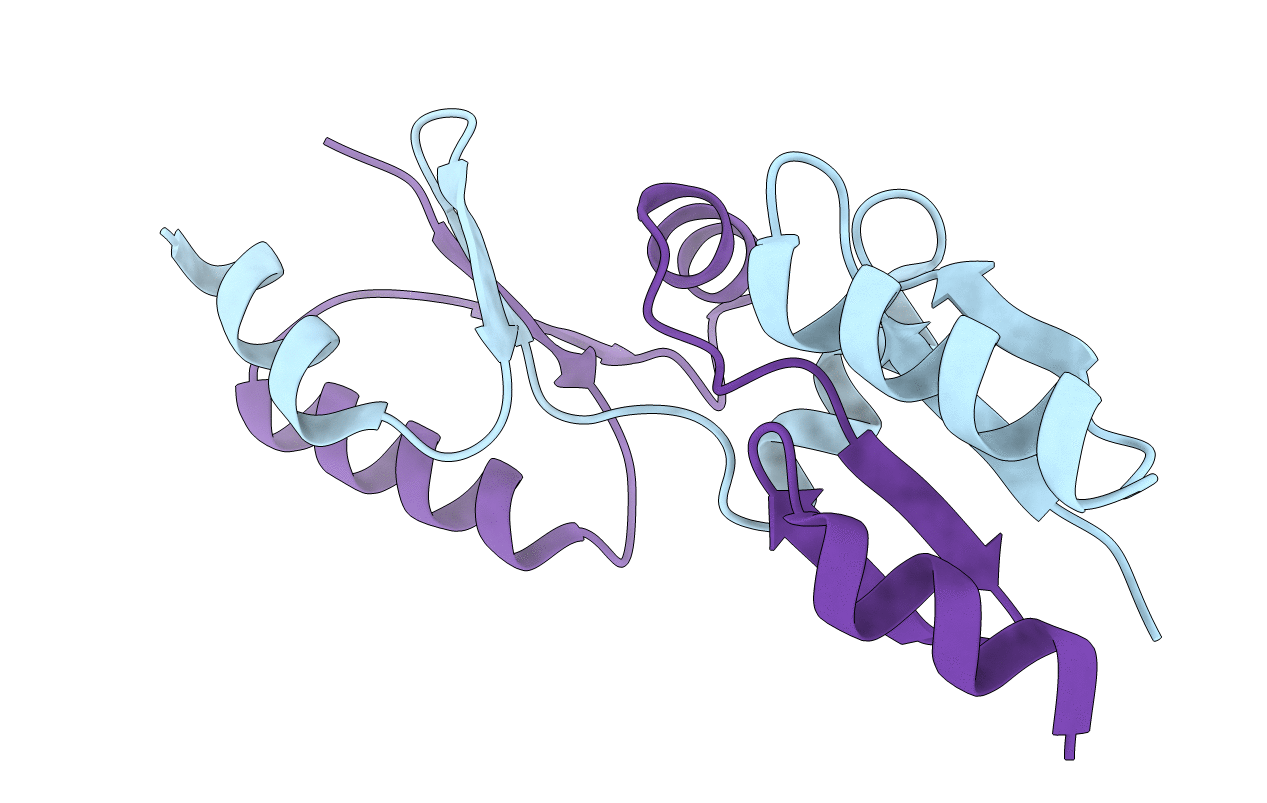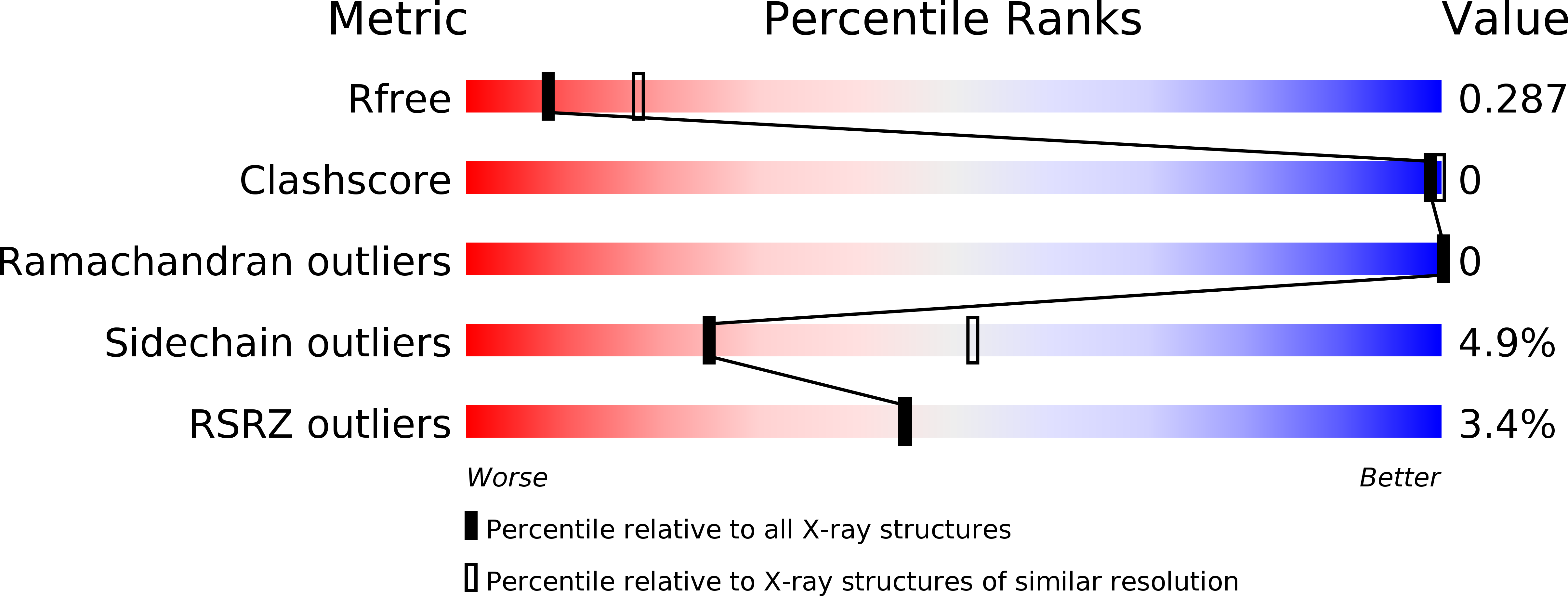
Deposition Date
2003-10-21
Release Date
2004-05-04
Last Version Date
2024-10-30
Entry Detail
PDB ID:
1R7H
Keywords:
Title:
NrdH-redoxin of Corynebacterium ammoniagenes forms a domain-swapped dimer
Biological Source:
Source Organism:
Corynebacterium ammoniagenes (Taxon ID: 1697)
Host Organism:
Method Details:
Experimental Method:
Resolution:
2.69 Å
R-Value Free:
0.28
R-Value Work:
0.24
R-Value Observed:
0.24
Space Group:
P 63


